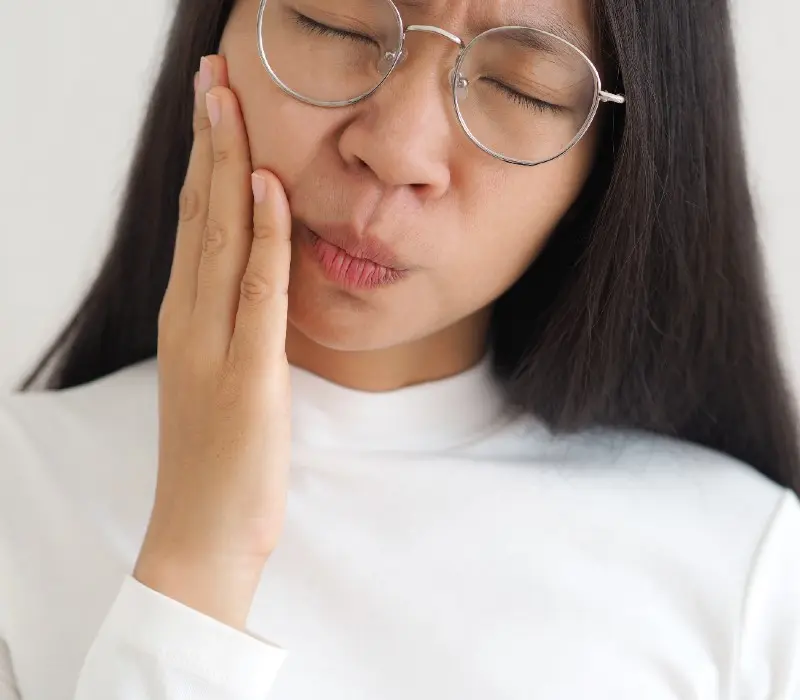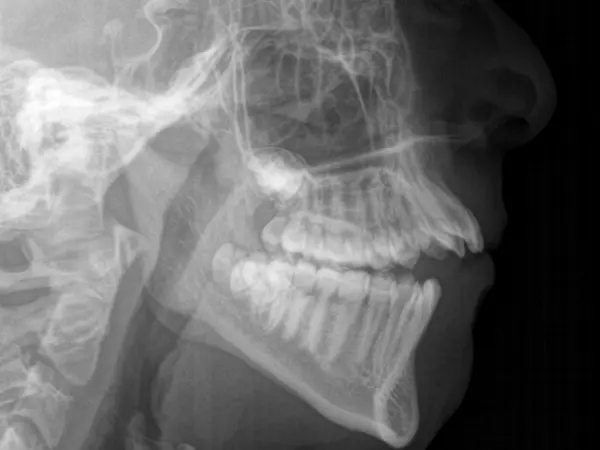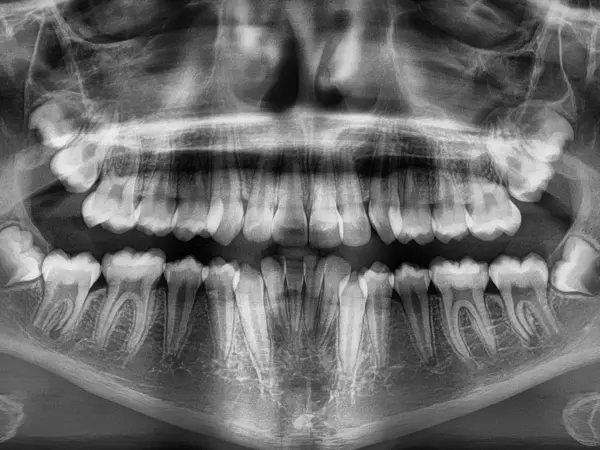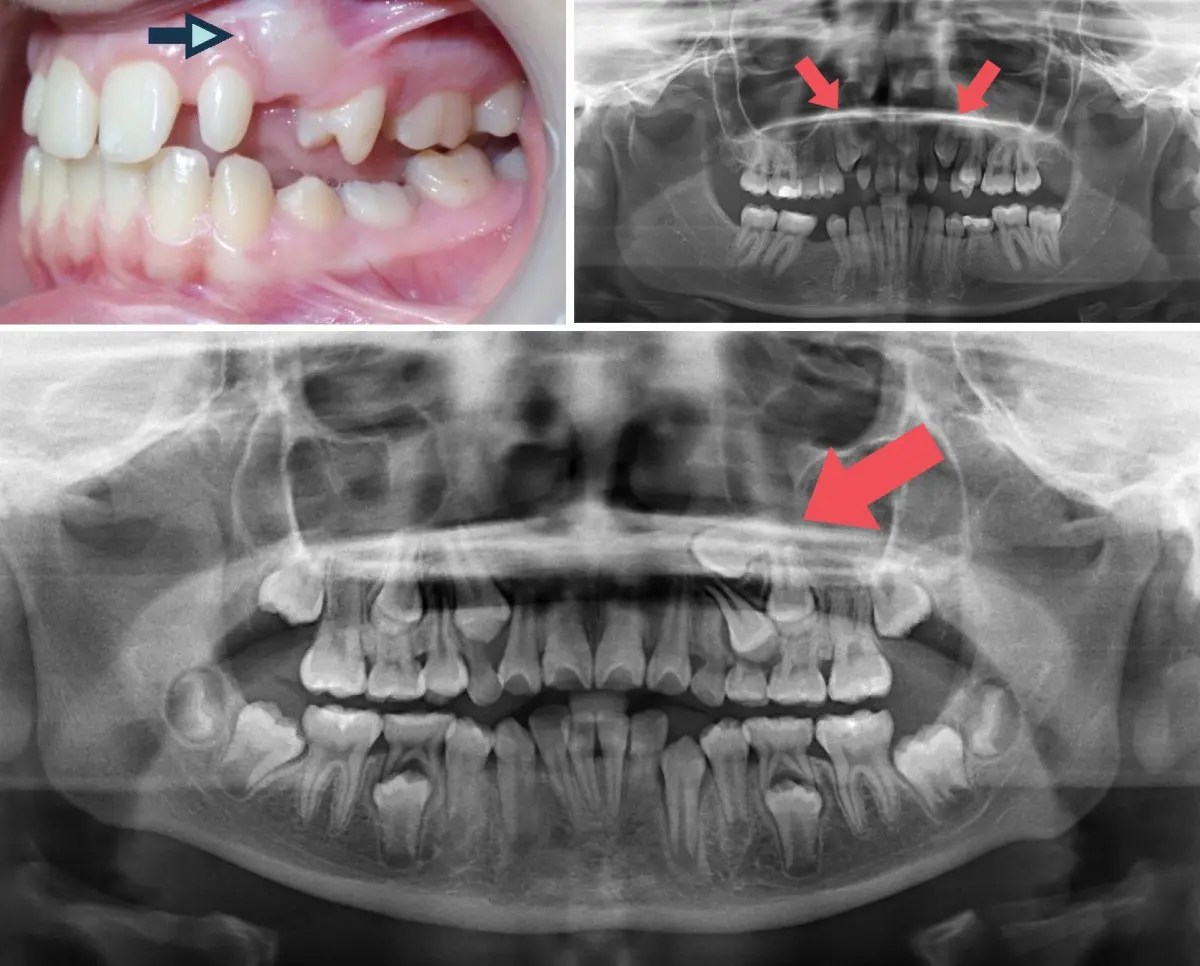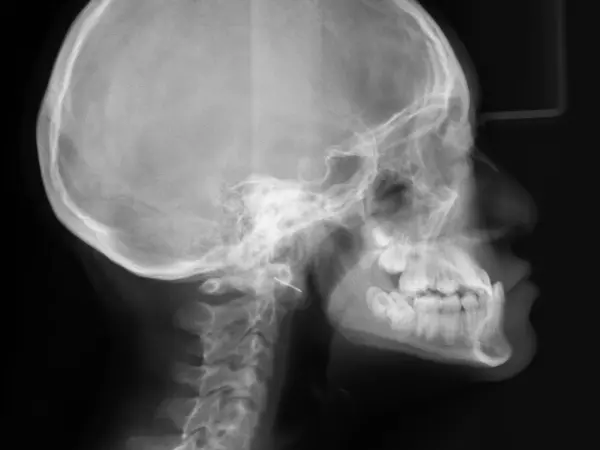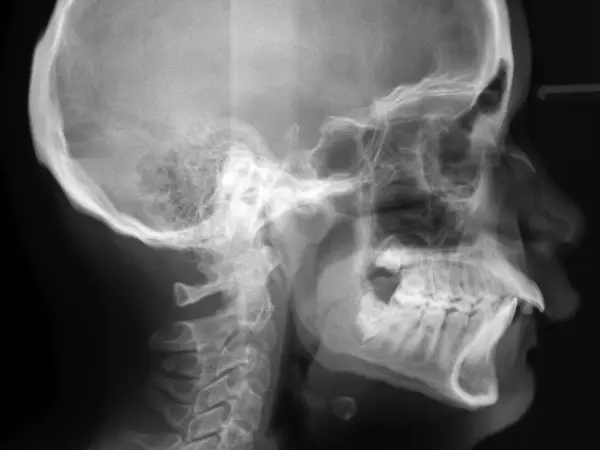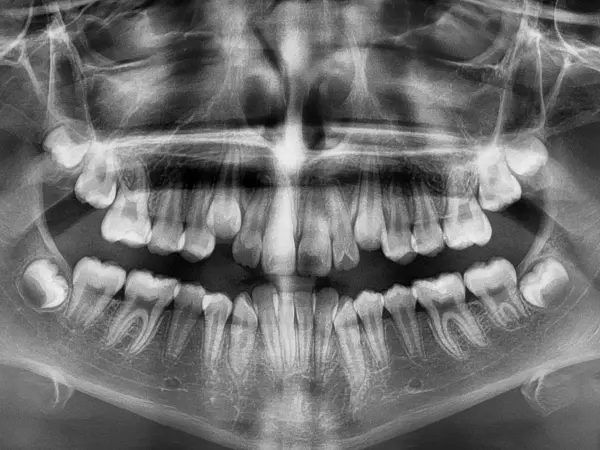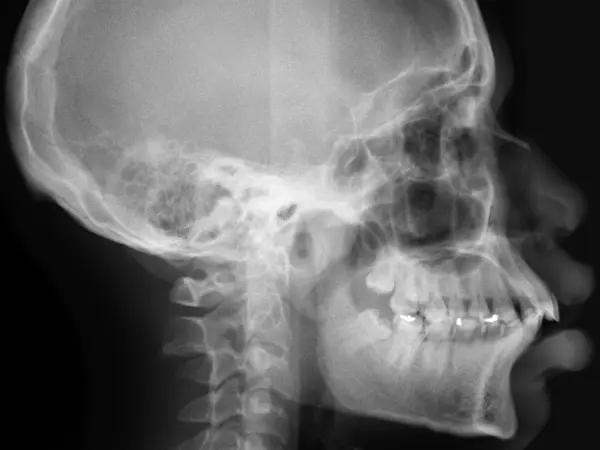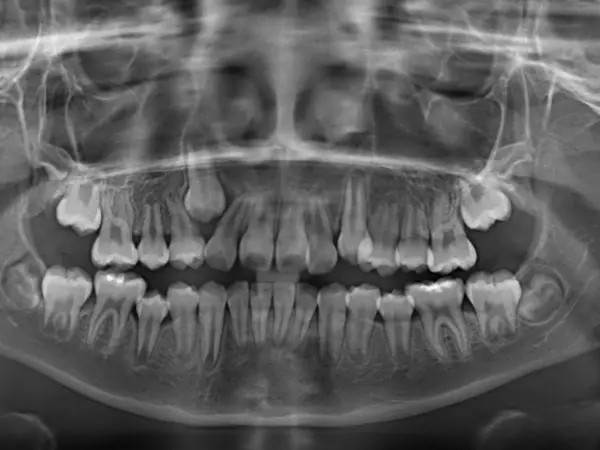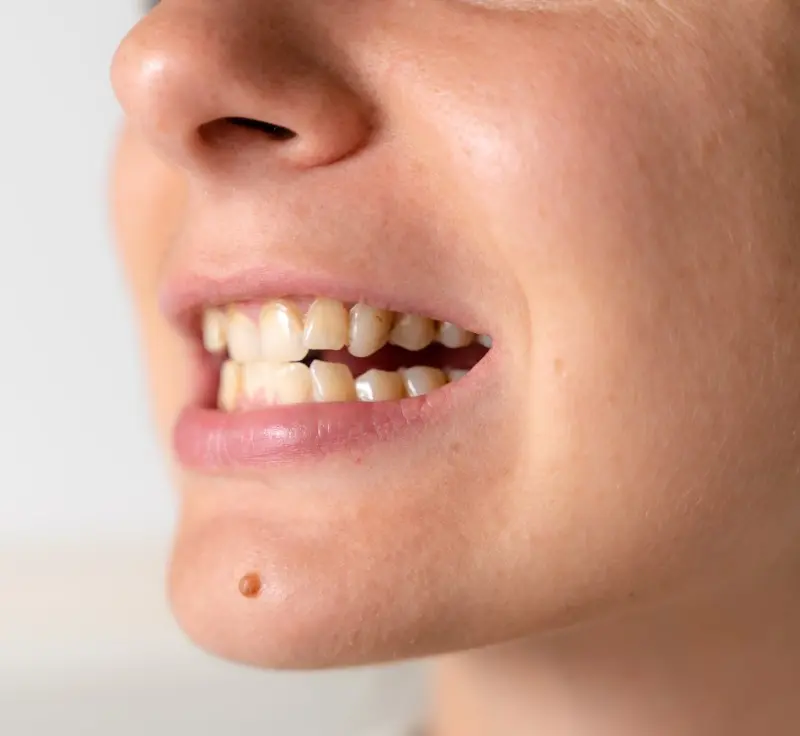
Common
Orthodontic Conditions
Did you know? No two smiles are exactly the same – before or after orthodontic treatment!
Patients often have several dental issues at once, each needing careful treatment to align their teeth and create a correct bite. These misalignments are known as "types of orthodontic malocclusions" or "bad bites.".
A bad bite, where teeth don't align correctly, can lead to issues with teeth, bite, and overall oral health. That is essential to maintain a proper position of teeth for overall wellbeing. Addressing a bad bite often requires orthodontic treatment.
Each type of malocclusion has its own causes and issues. But all of them need attention for the health of your teeth and mouth. For treating these, dentists use various "treatment options" and "treatment plans." These are designed to correct your bite and improve your dental health.
Schedule a Smile Evaluation